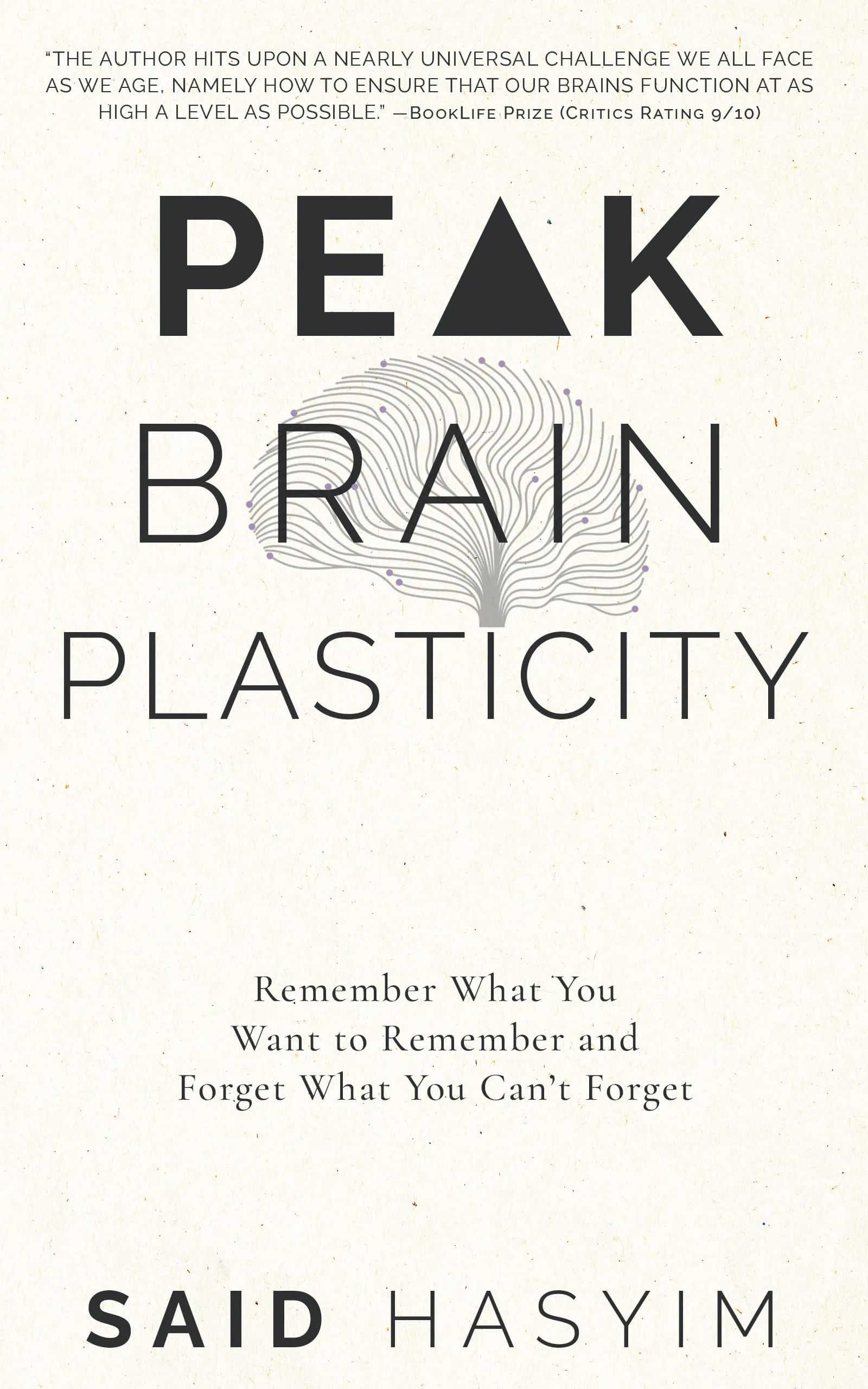Memory Techniques Used by Experts and Professionals
Memory is a fundamental skill that plays a critical role in our ability to learn, work, and communicate effectively. Whether you're a student preparing for exams, a professional aiming to climb the corporate ladder, or an athlete training for a competition, honing your memory can provide you with a distinct advantage. While some individuals seem to have an innate ability to memorize vast amounts of information, the truth is that memory skills can be developed and refined using various techniques. In this blog post, we will explore some of the most effective memory techniques employed by experts and professionals from different fields.
1. The Method of Loci
The Method of Loci, also known as the memory palace technique, is a visualization strategy that involves associating the information you want to remember with specific locations in a familiar place. This technique dates back to ancient Greek and Roman orators who needed to memorize long speeches.
How It Works
- Choose a Familiar Place: This could be your home, school, or even a route you frequently take.
- Identify Distinct Locations: Focus on specific landmarks within your chosen place (rooms, furniture, etc.).
- Create Associations: Visualize the information you want to remember as objects or images and place them in the locations you've identified. The more vivid and absurd the images, the better.
- Revisit Your Palace: When you need to recall the information, mentally walk through your memory palace and retrieve the images you've placed there.
Benefits
- Encourages active engagement with the material.
- Utilizes spatial memory, which is often more robust than rote memorization.
2. Chunking
Chunking is a technique that breaks down large pieces of information into smaller, manageable units (or "chunks"). This approach leverages the brain's ability to remember grouped information more effectively than isolated bits.
How It Works
- Identify Information: Select the information you want to memorize.
- Group it into Chunks: Organize related pieces together. For example, instead of remembering the number 149217761941, you could break it down into chunks - 1492, 1776, and 1941.
- Rehearse the Chunks: Practice recalling the chunks until they become familiar.
Benefits
- Reduces cognitive load, making it easier to remember large amounts of information.
- Facilitates better understanding and retention of complex data.
3. Mnemonics
Mnemonics are memory aids that help individuals recall information through associations, acronyms, or rhymes. This technique works by tapping into the brain's natural ability to remember patterns and connections.
How It Works
- Create Associations: Link the material to familiar concepts or constructs. For instance, to remember the order of operations in mathematics (Parentheses, Exponents, Multiplication, Division, Addition, Subtraction), you could use the phrase "Please Excuse My Dear Aunt Sally."
- Develop Acronyms: Form acronyms using the first letters of a series of words. For example, to remember the Great Lakes, you could use the acronym H.O.M.E.S. (Huron, Ontario, Michigan, Erie, Superior).
- Utilize Rhymes or Songs: Convert information into a catchy tune or rhyme to improve recall.
Benefits
- Makes memorization enjoyable and engaging.
- Enhances the ability to retain complex information.
4. Spaced Repetition
Spaced repetition is a learning technique that involves revisiting the material at increasing intervals over time. It is based on the psychological spacing effect, which suggests that information is more easily recalled when it is studied over spaced-out sessions rather than crammed.
How It Works
- Initial Learning: Study the material thoroughly for the first time.
- Review Intervals: Schedule subsequent reviews progressively farther apart (e.g., one day, then three days, then a week, etc.).
- Utilize Tools: Consider using flashcards or digital flashcard apps that utilize algorithms to optimize your review schedule.
Benefits
- Improves long-term retention of information.
- Reduces the time needed for studying as you focus more on material that needs reinforcement.
5. Visualization
Visualization is a powerful memory technique that involves creating mental images of the information you want to remember. By converting concepts into visual formats, you can leverage your brain's natural prowess for visual memory.
How It Works
- Identify Key Concepts: Choose the main points or ideas you need to remember.
- Create Vivid Images: Convert the concepts into colorful, exaggerated images that represent the information.
- Link the Images: If possible, connect your images in a narrative format to facilitate recall.
Benefits
- Engages multiple senses for more robust memory formation.
- Makes recalling information intuitive and straightforward through imagery.
6. Mind Mapping
Mind mapping is a technique that helps organize information visually, allowing you to see the relationships between concepts and enhance memory through structure.
How It Works
- Central Idea: Begin with a central idea or theme in the middle of a page.
- Branches: Draw branches out from the center for subtopics or related ideas.
- Visual Elements: Incorporate colors, drawings, or symbols to differentiate ideas and express connections visually.
Benefits
- Cultivates creativity and critical thinking.
- Provides a clear overview of complex information.
Conclusion
Developing strong memory skills is invaluable for professionals and experts across various fields. Whether you opt for the Method of Loci, chunking, mnemonics, spaced repetition, visualization, or mind mapping, each technique is designed to enhance your ability to retain and recall information. The key to mastering these techniques lies in practice, experimentation, and finding the methods that resonate best with your learning style.
Investing time in improving your memory can lead to significant benefits in your academic pursuits, career advancements, and everyday life. Explore these techniques, and you may discover that the power of memory is not as elusive as it seems!
Harness the Power of Neuroplasticity
Discover Peak Brain Plasticity, a practical book to harnessing neuroplasticity. Enhance your memory, learn new languages quickly, and alleviate anxiety with effective study methods. Uncover daily habits that impact cognitive health and explore techniques for accelerated learning and memory retention. Unlock your brain's potential for growth and transformation.
